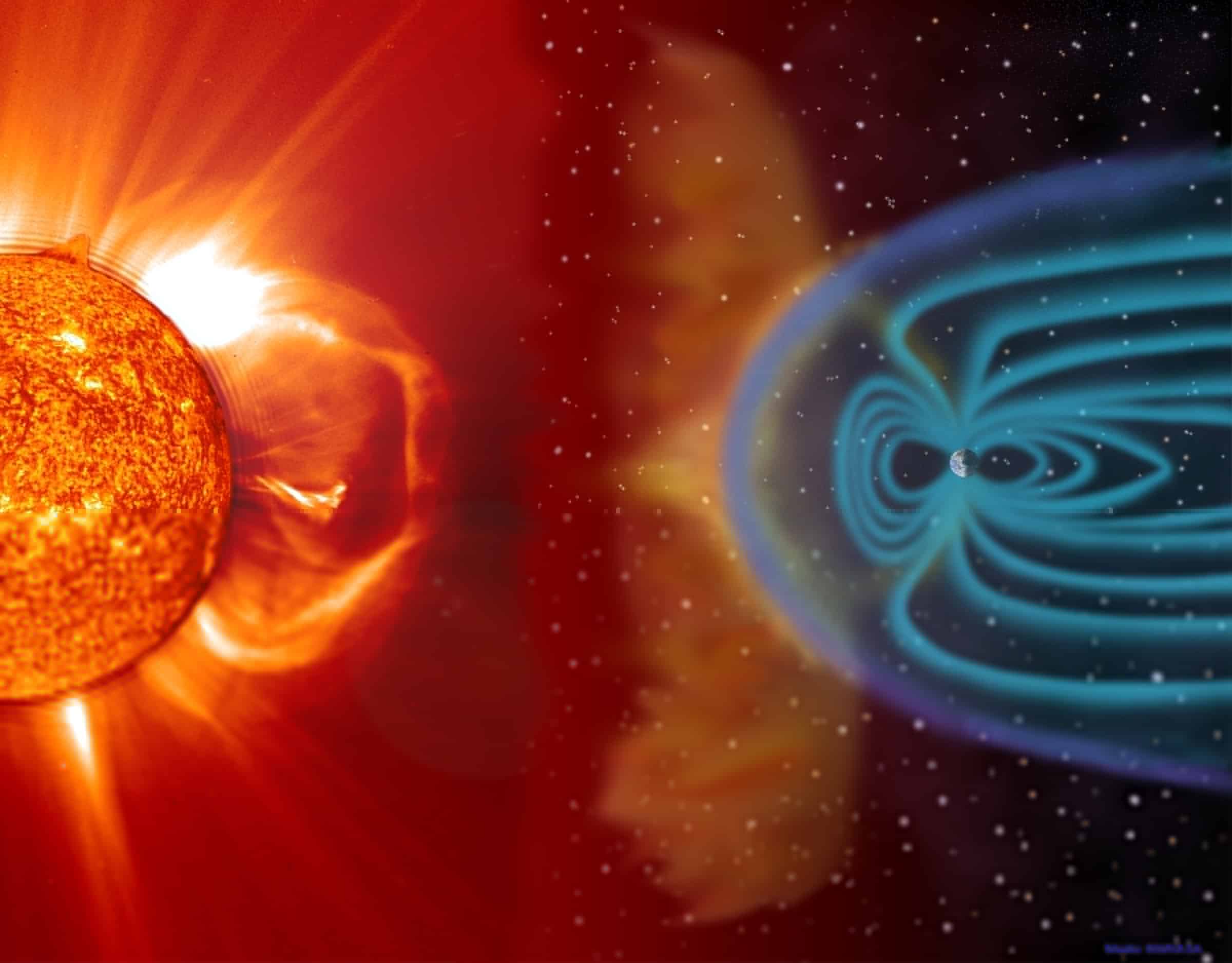For someone in the world, it's time to get the camera out. Space weather agencies predict a solar storm for today, Monday, September 27: moderate, with the possibility of auroras.
La National Oceanic and Atmospheric Administration (NOAA) in America and the British Met Office in the UK both predict geomagnetic storm: it is the result of several solar coronal mass ejections (CME) and solar winds triggered by a "hole" that opened in the corona of the Sun.
Impending geomagnetic storm, here are the effects
Although there could be up to four CMEs hitting Earth, there is no need to worry. The storm will only reach a G2 level, relatively mild on the five-level solar storm scale, with G5 being the strongest level. What are the possible effects? At high latitudes, a G2 geomagnetic storm can cause power grid fluctuations. The orientation of satellites can be affected, resulting in increased drag in low Earth orbit. Eventually, high-frequency radio propagation can fade away. Possible and pleasant side effects: a few more auroras to film.
A few words about CMEs
The Sun's corona, the outermost region of its atmosphere, erupts, ejecting plasma and magnetic fields into space. If the CME is oriented towards the Earth, the collision of the solar ejected material with the Earth's magnetic field can cause a geomagnetic storm, also known as a solar storm.
It comes right towards us
“There are four CMEs that can affect the Earth,” explains the British Met Office on its website. “Three of these could arrive separately or as a single combined geomagnetic storm during September 27. An additional CME event could catch a glimpse of Earth later on September 27 or during September 28. A fast coronal hole wind may also hit Earth on September 27 and 28, although any effects of this wind are considered uncertain.
There is also a low risk that CMEs and fast winds could affect the land at similar times, providing a greater effect. Any improvements would then be relaxed during September 28 and 29.
British Met Office
The geomagnetic storm is a phenomenon that is part of the space climate. It occurs when the Sun gets a little turbulent, in the form of CMEs and solar winds, causing disruptions in the Earth's magnetic field and upper atmosphere. We should expect more of this in the months and years ahead: The Sun is currently heading into the most active period of its 11-year cycle, called the solar maximum. During solar maximum, the solar magnetic field is at its maximum, as is solar activity.


